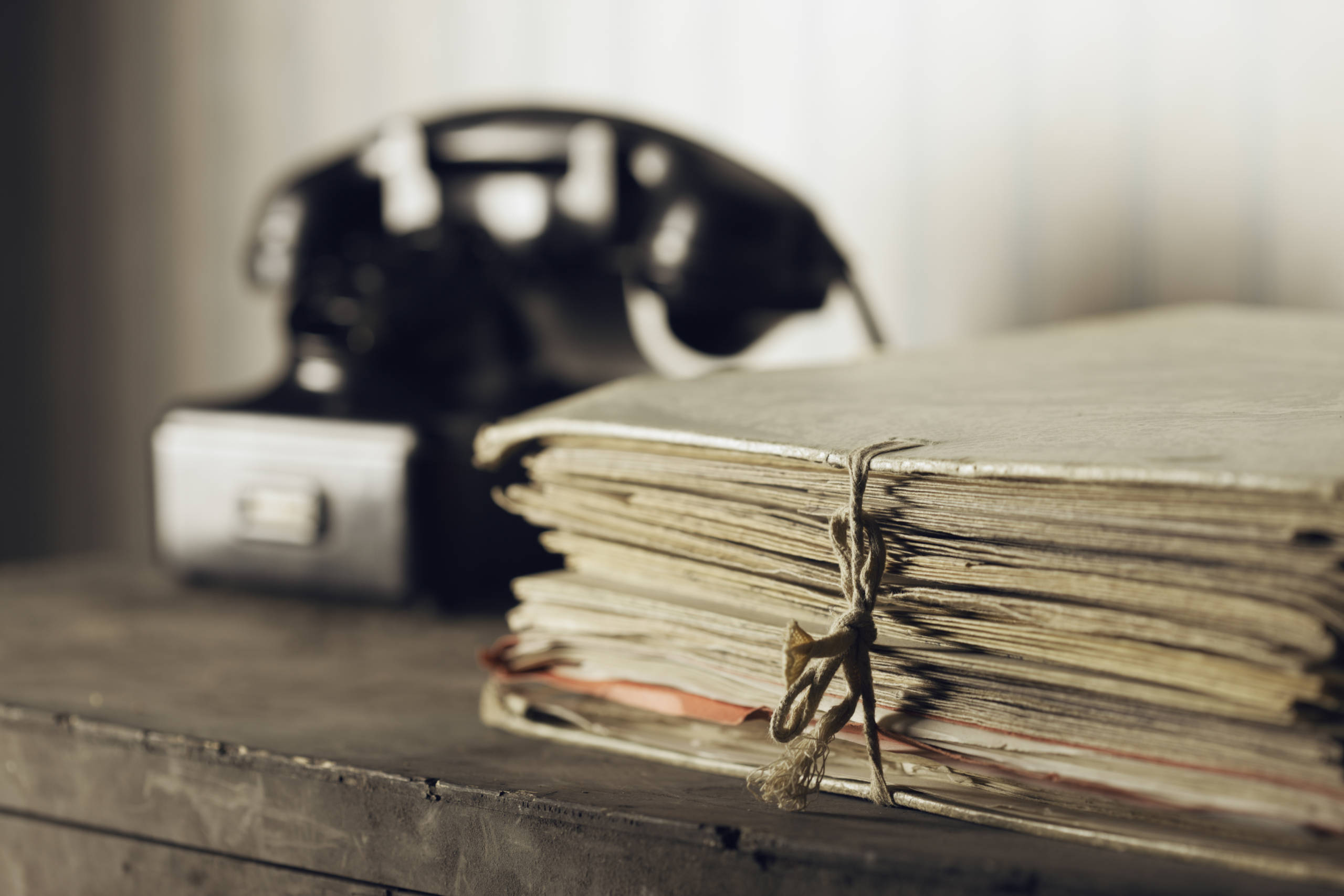Crisis can strike at any moment. Natural hazards and other public emergencies create chaos for everyone, and people with disabilities may find it even more difficult to manoeuvre these stressful situations. Here are some tips for disaster preparedness that address the specific needs and concerns of those with mobility, hearing, learning or seeing disabilities.
Make a Plan: How might a disaster or crisis affect you? Could you make it on your own for at least three days? It’s crucial to plan for your regular needs and know what you would do if they become limited or unavailable. Additional planning steps should include:
- Make a Personal Assessment: Understand the types of risks and hazards you are most likely to experience in your community. Then decide what you will be able to do for yourself and what assistance you may need before, during and after a disaster. This will be based on the environment after the disaster, your capabilities and your limitations. Base your plans on the lowest anticipated level of functioning.
- Do you regularly need assistance with grooming and personal care? Do you require adaptive equipment for assistance? Do you need help getting groceries, medication or medical supplies?
- Do you require special equipment for mobility, or to prepare food?
- Is any of the equipment you use depend on electricity? Your need for immediate water services?
- Can you cope with debris in your home? Will this impede your ability to evacuate? Do you need special vehicles for transportation? What if your caregiver is unable to reach you?
- If necessary, will you be able to evacuate your home or office independently?
- Will you be able to care for your service animals (provide food, shelter, etc) in an emergency?
- Create a Support Network: Your personal support network should be made up of several individuals who will check in on you in an emergency, to ensure your wellness and to give assistance if needed. This network can consist of friends, roommates, family members, relatives, personal attendants, co-workers and neighbours. Ideally, a minimum of three people can be identified. Review plans of action with them and exchange important information with them such as critical details of your health, limitations, and immediate needs and concerns. Ensure they know your address and numbers to reach you to check on you.
- Make an Emergency Plan: Include in your plan how to prepare for each hazard that could impact your local community and how to protect yourself.
- If you think your accommodation is not safe, consider alternative places to shelter, your needs, and how you will get there. Ensure they are able to accommodate your medical needs and aides.
- Practice your evacuation and emergency drills at least twice a year, and involve your family members and/or caretakers.
- Teach those who may need to assist you in an emergency how to operate necessary equipment. Also, label equipment and attach laminated instructions for equipment use.
- If you are vision impaired, deaf or hard of hearing, plan ahead for someone to convey essential emergency information to you if you are unable to use the TV or radio.
Be on the lookout for evacuation tips and specific strategies for different limitations!




